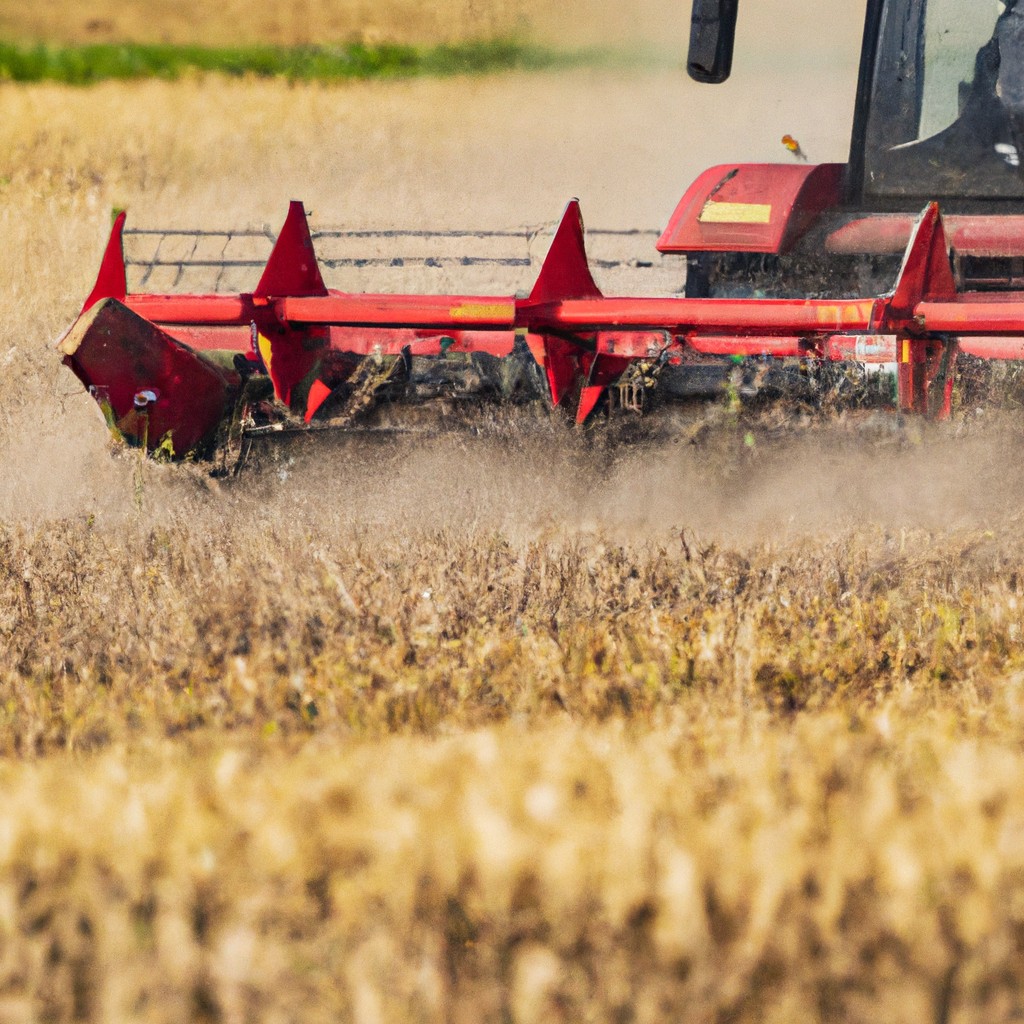Discover how precision farming leverages technology to boost crop yields and promote sustainable agricultural practices.
Look Inside:
Definition of Precision Farming

Precision farming is an approach that utilizes information technology and a variety of data to manage agricultural practices more efficiently. Essentially, it is about using the right amount of inputs like water, fertilizer, and pesticides at the right time to increase productivity and sustainability.
– Data Driven: At its core, this method relies heavily on data collected from tools like GPS, soil sampling, and drones. These technologies provide farmers with detailed insights into the conditions of their fields.
– Optimized Resource Use: The goal is to optimize the use of resources, reducing waste and enhancing the growth environment for crops. By precisely applying inputs where and when they are needed, farmers can significantly cut down on costs and environmental impact.
– Increased Crop Performance: Through careful monitoring and management, farmers can boost their crop performance. This not only leads to higher yields but also improves quality.
– Sustainability: This method supports sustainable practices that lead to reduced greenhouse gas emissions, less water usage, and minimal chemical runoff, which is crucial for protecting ecosystems and maintaining soil health.
Precision farming marks a shift from traditional farming practices by focusing on efficiency and sustainability through the integration of technology and data analysis.
Technologies Used in Precision Farming
Precision farming leverages various high-tech solutions to optimize the management of farm inputs such as water, fertilizers, and pesticides, thereby boosting efficiency and productivity. Some of the key technologies include:
GPS technology plays a pivotal role by enabling precise mapping of farm fields. It helps in determining variable rates of input applications and guides machinery for optimally spaced planting, which can significantly reduce waste and enhance crop yields.
Drones offer a bird’s-eye view, facilitating rapid and detailed crop monitoring across vast areas. Equipped with advanced sensors, they can detect plant health issues, moisture levels, and even pest infestations before they become visible to the naked eye.
Sensors, crucial for soil and crop monitoring, collect valuable data on parameters such as pH levels, soil moisture, and nutrients. This information is vital for making informed decisions on irrigation and fertilization, tailored specifically to the needs of different crop segments.
Automated machinery, such as tractors and harvesters equipped with AI, can perform tasks like seeding, plowing, and harvesting with minimal human intervention, which maximizes precision and lowers labor costs.
Overall, these technologies contribute to creating a more controlled agricultural environment, where resources are used more judiciously, and operations are streamlined for maximum output and sustainability.
Benefits of Precision Farming for Crop Yields
Precision farming significantly enhances crop yields by allowing farmers to apply the exact amount of water, fertilizers, and pesticides needed. This tailored approach minimizes waste and ensures that plants receive optimal care at every growth stage.
The use of GPS technology and drones provides precise data on soil conditions and plant health. This information helps farmers make informed decisions, promoting uniform and healthy crop growth, reducing the likelihood of disease, and improving overall productivity.
Moreover, automated machinery enables the exact placement of seeds and nutrients, which optimizes space and increases the number of plants that can be cultivated per hectare.
These strategic interventions make agriculture more efficient and can lead to substantial increases in crop yields, supporting the goal of meeting the growing global food demand sustainably.
Environmental Impacts of Precision Farming
Precision farming significantly reduces the environmental footprint of traditional agricultural practices. By adopting GPS mapping and drones, farmers apply water, pesticides, and fertilizers more efficiently. This targeted approach not only minimizes runoff into nearby water bodies but also decreases the overall use of chemical inputs.
Such meticulous application helps in maintaining soil health by avoiding over-saturation with chemicals, which can lead to soil degradation and reduced agricultural biodiversity. Moreover, precision agriculture supports energy conservation. Less mechanical fieldwork means less fuel consumption, which results in lower carbon emissions.
By recording data on soil conditions and crop health, precision farming allows for continuous monitoring and adjusting farming practices. This leads to a more proactive approach in environmental management, paving the way for sustainable agricultural development.
Future Trends in Precision Farming
Advancements in technology continue to push the boundaries of what’s possible in precision farming. Here are a few key trends likely to shape the future of this practice:
Autonomous farming equipment is becoming more developed, potentially allowing for round-the-clock field operations that require minimal human supervision. This could significantly increase efficiency and reduce labor costs.
Integration of artificial intelligence (AI) is set to improve decision-making processes. By analyzing vast amounts of data from various sources, AI can provide actionable insights for better crop management, disease prediction, and soil health.
IoT (Internet of Things) connectivity will enhance data collection and sharing among devices used in agriculture. This enables more synchronized operations and real-time monitoring, leading to quicker adjustments in farming practices as needed.
Lastly, the use of drones and satellite imagery is expected to grow. These tools help in detailed monitoring of crop health, irrigation needs, and even planting patterns, supporting more informed intervention strategies and resource allocation.
These innovations promise to make precision farming more efficient, productive, and sustainable, meeting the challenges of modern agriculture head-on.




